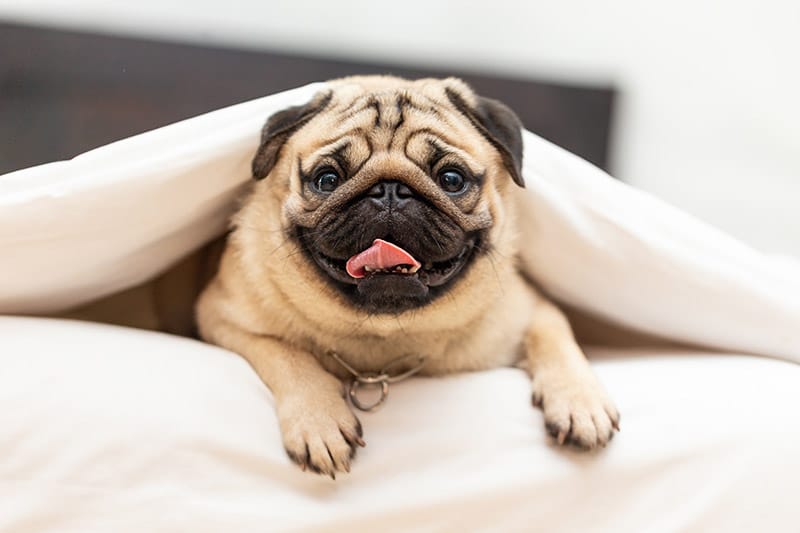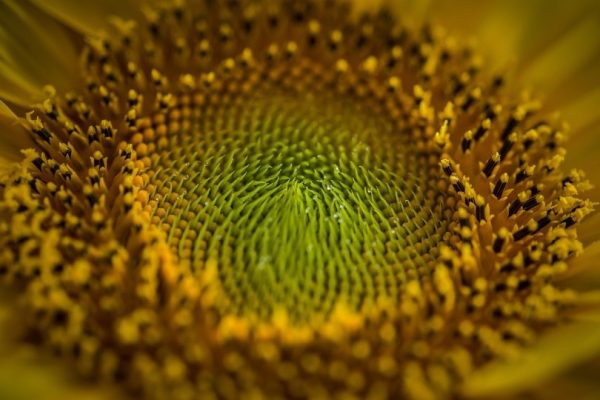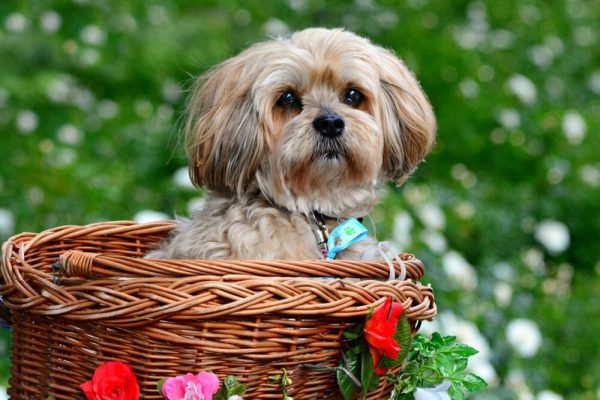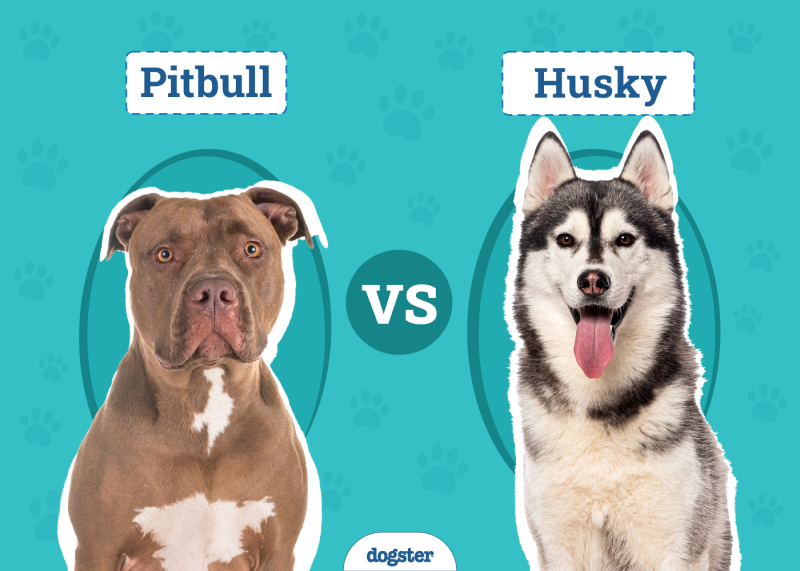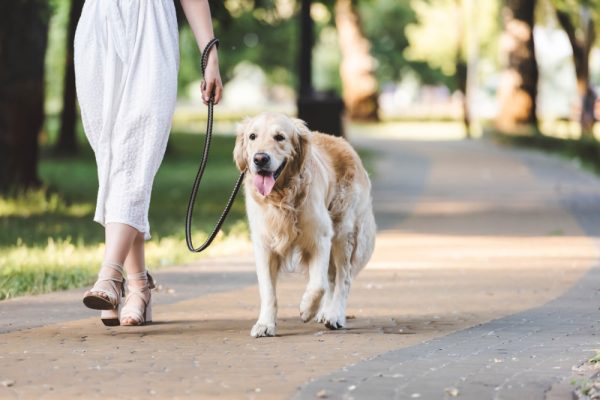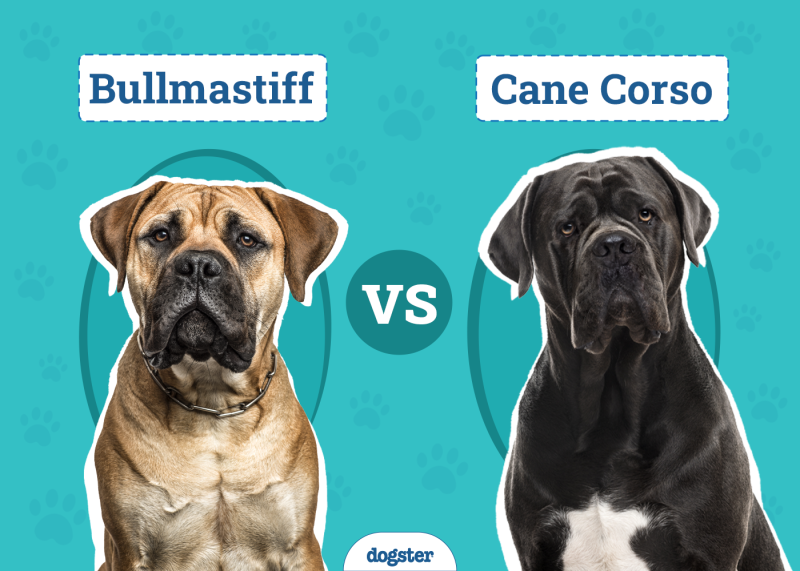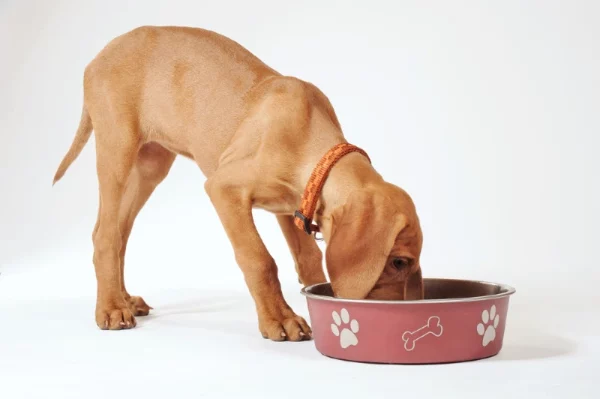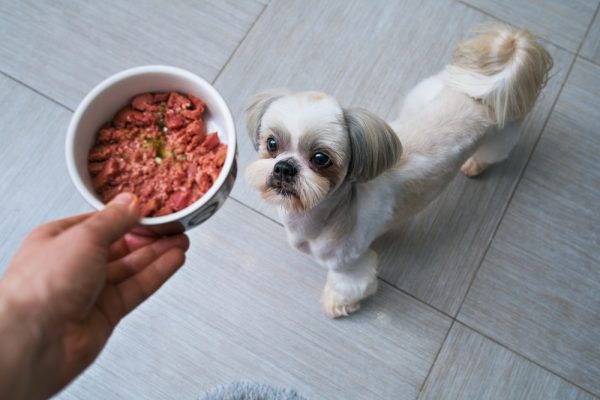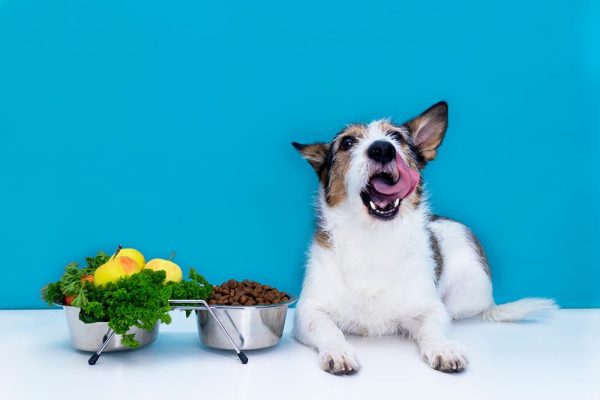In this article
View 3 More +You can’t help but love Pugs. They are sweet-natured and sometimes naughty, and they have a big bark for a dog that weighs less than 20 pounds. It only makes sense that Pugs have been faithful and cherished canine companions for thousands of years. The breed originated in China, where it was selectively bred to become the lovable pet we know today.
Dogs have filled many roles since their domestication 40,000 years ago, which explains the roughly 378 breeds we have today. The Pug didn’t make it into Europe until the 16th century, but nevertheless, the breed won the hearts of royalty, starting in the House of Orange and continuing through Louis XV. By the time the 1800s came along, this breed was well-loved by many. Let’s check out some interesting historical facts about Pugs during this time.

Pug History
Three Variations Once Existed
Three short-nosed dogs were bred by the Chinese: the Pekingese, the Lion Dog, and the Foo Dog or Lo-sze. The last one became the breed we know and love today—the Pug.
They Run in Royal Circles
Many breed enthusiasts claim the patronage of royalty, but the Pug had a fast friend and devotee with Queen Victoria. Like many before her, she fell in love with the cute, flat-faced pup, among many other breeds. The queen adored dogs, having dozens of breeds at one time. She was also ahead of her time, banning ear-cropping and tail-docking at her kennels.
Queen Victoria reportedly owned 36 Pugs during her lifetime, ensuring the breed’s ongoing popularity. It certainly helped to have friends in high places when one earned the Best in Show of the 1877 Westminster Kennel Club.
Famous People and Their Pugs
It wasn’t only royalty who fell under the Pug’s spell. Many famous people owned Pugs. For example, author George Eliot received one as a gift in celebration of her first novel, Adam Bede, in 1859. Author Harriet Beecher Stowe also had a pet Pug. Undoubtedly, the pups provided inspiration for their renowned caregivers.
The Strength to Attack an Emperor
Napoleon claimed he had a rival for his wife Joséphine’s affection, and it was none other than her protective Pug, Fortune. She didn’t remove the pup on their wedding night from her bed. Instead, Fortune attacked the emperor, biting his legs and drawing blood. Napoleon’s relationship with dogs remained tumultuous throughout his life.
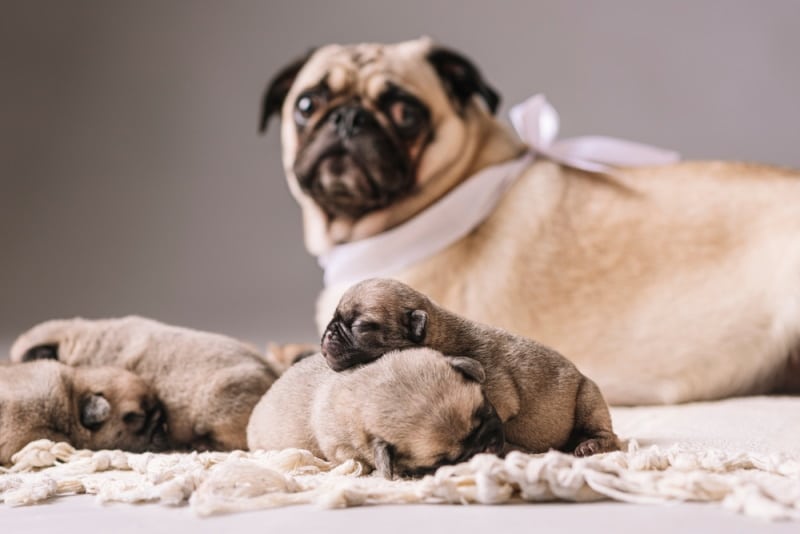
Pugs in Art and Literature
An Appearance in Classic Literature
A Pug named Pug is the esteemed pet of Lady Bertram in Jane Austen’s novel Mansfield Park. Lady Bertram protected her precious pooch from the teasing of her children, who were jealous of the affection she lavished on her pet. It was a nod to the pop culture of the day, given the breed’s popularity in Europe during the setting of the work.
A Favorite Subject
People often had portraits of their Pugs commissioned so that they could always remember their canine companions. This made Pugs in art a common thing. Many of these works portray the breed with longer legs and floppy ears. They offer an excellent way to follow the dog’s development to the smaller, stockier pet we know today. It’s especially evident when you compare it to William Hogarth’s Painter and His Pug.
A few of the many artworks featuring Pugs include the following:
- Portrait of a Pug-Dog Named Judy Ju-Ju (1888) by Lucy Waller
- Pug (1850) by J.A. Howe
- A Litter of Pugs (date unknown) by Henriëtte Ronner-Knip
- A Pug (1890) by Horatio Henry Couldery
- A Family of Pugs (1877) by Charles Burton Barber
- A Favourite Pug (1802) by Henry Bernard Chalon
- Willpower (1891) by Charles van den Eycken
- Pierette and Mifs (1892) by Charles van den Eycken
- Blonde and Brunette (1879) by Charles Burton Barber
- The Drumplier Pugs (1867) by Gourlay Steell
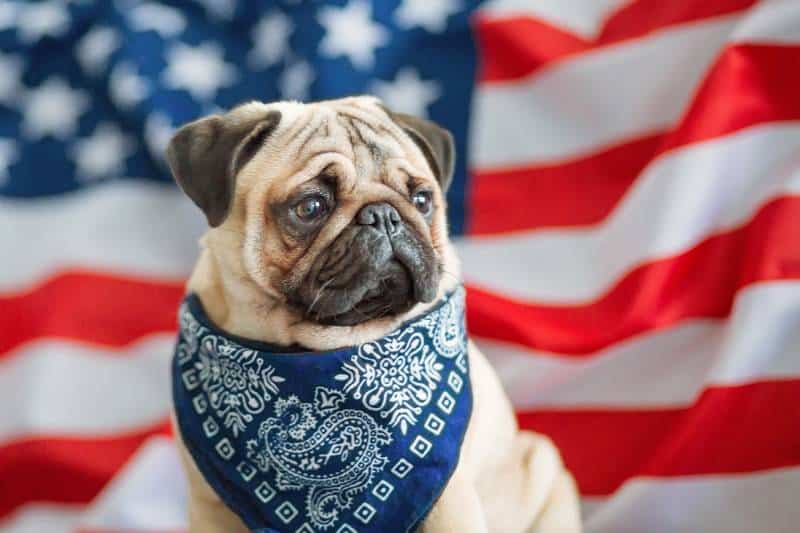
Breed Development in the 1800s
War and the Pug
Pugs garnered a cult following after the British invasion of China in 1860 during the so-called Opium Wars. Legend has it that Baroness Anna Brassey popularized the black Pug when the dog was brought back to England during the conflict. The pup’s unusual face and stature undoubtedly fueled the craze.
Changes to the Pug’s Appearance
Pugs won their way into our hearts effortlessly. After all, all they had to do was sit and look cute. The introduction of the pup into Europe set the stage for the continued development of the breed. We can credit the English for the changes that occurred through selective breeding. The next chapter in the Pug’s history will likely address the health issues related to the dog’s unique form.
Gaining Official Recognition
The American Kennel Club (AKC) recognized the Pug as an official breed in 1885, along with 14 others. This date is significant because it meant it had a parent club, The Pug Dog Club of America, and a breed standard by which to judge other dogs. It also introduced others to this delightful pet.

Final Thoughts
Pugs make it so easy to fall in love with them. Everyone is a friend to them, and they are also loyal pups who are protective of their family, as we’ve seen with Napoleon and his woes. According to the AKC, they’ve earned their place as the 35th most popular breed. They’re sure to continue to win fans as more people get to meet this charming pooch.
Featured Image Credit: 220 Selfmade studio, Shutterstock
